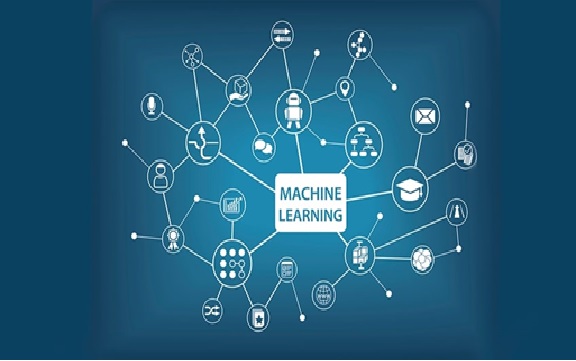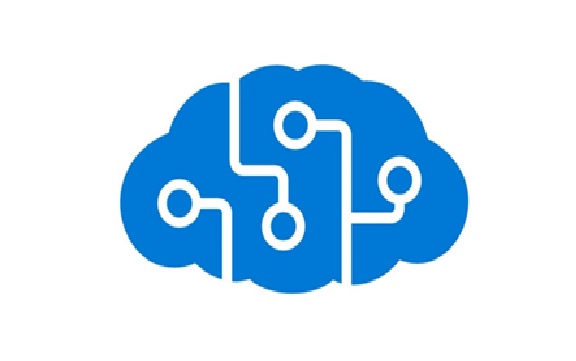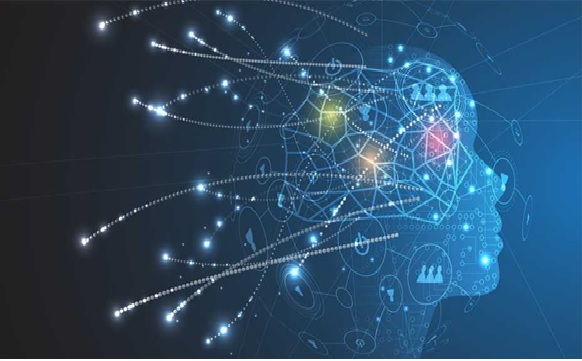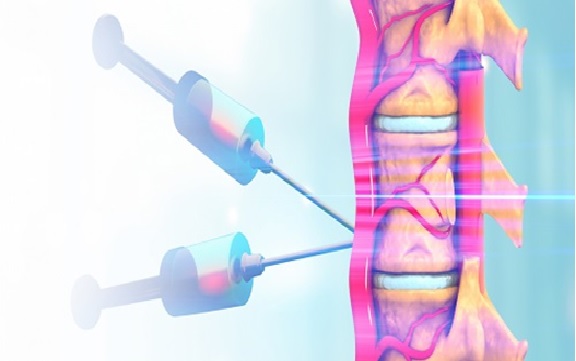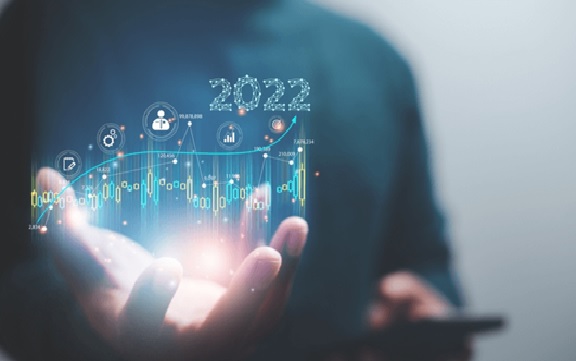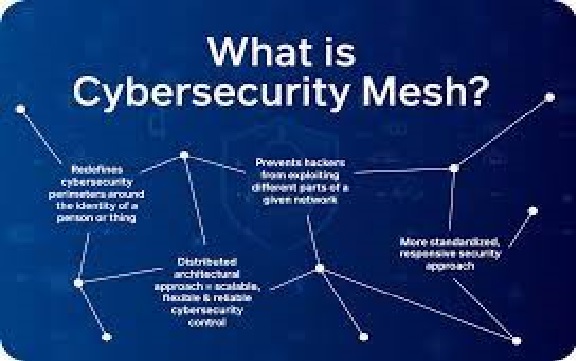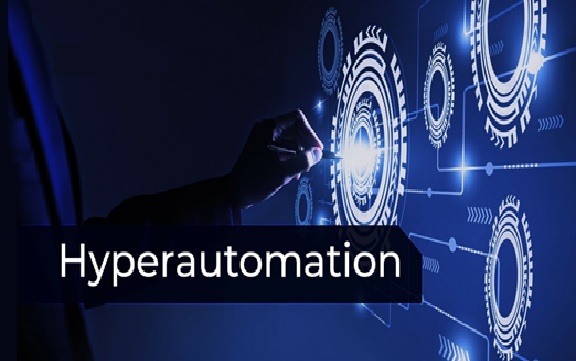IOT Based water quality monitoring system
Internet of Things (IoT) allows connections among various devices with the ability to exchange and gather data. IoT also extends its capability to environmental issues in addition to automation industry by using industry 4.0. As water is one of the basic needs of human survival, it is required to incorporate some mechanism to monitor water quality time to time. Around 40% of deaths are caused due to contaminated water in the world. Hence, there is a necessity to ensure supply of purified drinking water for the people both in cities and villages. Water Quality Monitoring (WQM) is a cost-effective and efficient system designed to monitor drinking water quality which makes use of Internet of Things (IoT) technology[1].
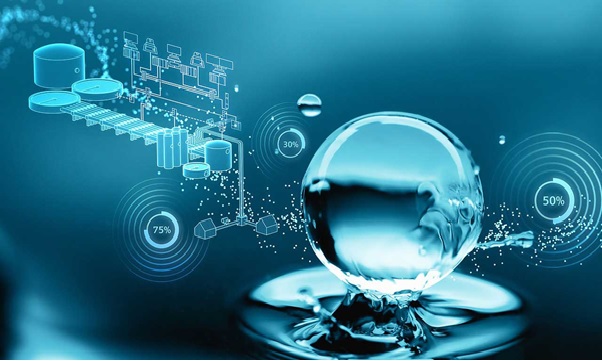
Figure. 1. IOT Based water quality monitoring system
Improve water quality and prevent contamination by chemical waste and natural pollution such as acidification. In order to improve and maintain the quality of water, companies use sensors and IoT technology for real-time monitoring and control.[2]
Used Sensors:
- PH Sensor.
- Conductivity Sensor.
- Residual Chlorine Sensor.
- Turbidity Sensor.
- ORP Sensor.
- COD Sensor.
- Ammonia Nitrogen Ion Sensor[3].
Benefits:
- Transparency One of the biggest benefits of smart water management using IoT is improving the transparency of all the processes in the water supply chain. Thanks to the data collected throughout the supply chain, different stakeholders get important insights on their resources and system performance.
- Immediate response Another benefit of integrating intelligent water management systems is the ability to identify or even predict issues and respond immediately to minimize damage. For instance, real-time monitoring of water quality and chemical composition allows to detect even a slight contamination and initiate rapid response before it becomes dangerous.
- Automation and optimized use of human resources IoT water management solutions allow managers to partially or fully automate some processes and optimize the use of human power. The depth and scope of the automation vary on the sector and specific business needs. [2]
References:
- https://www.sciencedirect.com/science/article/pii/S2405844020309403
- https://www.digiteum.com/smart-water-management-iot/
- https://www.renkeer.com/top-7-water-quality-sensors/
Cite this article:
Sindhu.C (2022), IOT Based water quality monitoring system , Anatechmaz, pp.70


